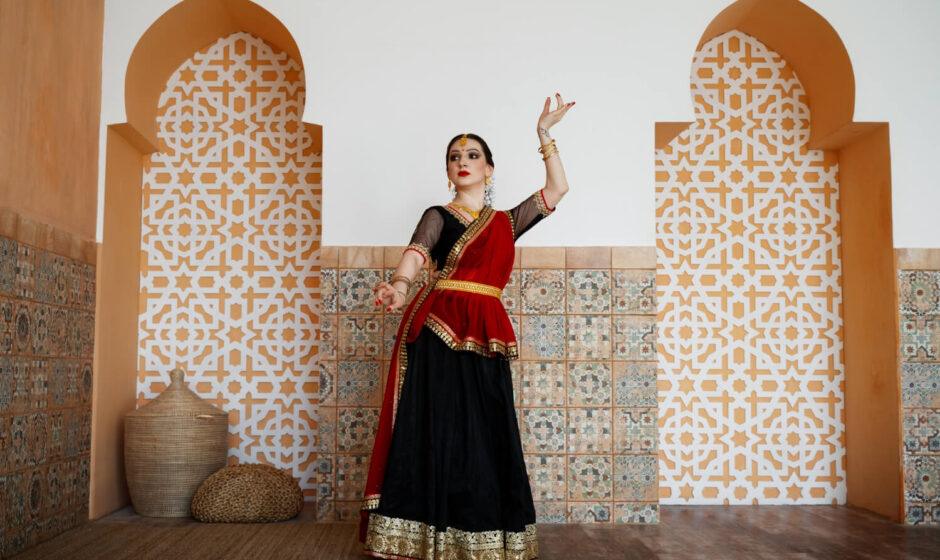The idea of beauty is a thread that unites many cultures in the colorful mosaic of humanity, each adding its own hues and patterns. This article takes readers on a global tour to discover the ways in which other communities impact and define beautification. We explore the diverse range of cultural factors that shape how people view and pursue beauty globally, from the elaborate designs of buildings to the ever changing ideals of beauty.
- Cultural Foundations of Architecture and Design:
Introduction
Dissecting the intricate relationship between culture and design, this shows how the history, values, and aesthetic preferences of various nations are reflected in both architectural wonders and commonplace areas.
Traditional Architectural Styles
Talk about the impact of traditional architectural styles, illustrating how cultural legacy impacts the physical environment using examples ranging from the fine intricacies of Islamic building to the simplicity of Scandinavian design.
Sacred Spaces and Temple
Explore the significance of sacred places and temples across nations. These architectural creations are infused with cultural rights and spiritual symbolism, resulting in structures that evoke a sense of divinity.
- Cultural Aesthetics in Craftsmanship and Art:
Introduction
Cultural aesthetics plays a vital role in art and handicraft, showcasing the originality and inventiveness of many cultures through a wide range of artistic expressions such as paintings, sculptures, textiles, and ceramics.
Influence of Nature in Art
Nature’s Influence on Art: Talk about how nature acts as a muse in cultural art, examining the ways that various societies use their natural environments as sources of inspiration to produce complex patterns, themes, and symbols.
Symbolism in Traditional Crafts:
Emphasize the cultural relevance, narrative, and ties to history that are inherent in traditional crafts like African beadwork and Japanese origami.
- Cultural Variations in Beauty Standards: Balancing Viewpoints
Introduction
The introduction delves into the complex terrain of beauty standards, highlighting how cultural variation affects how people perceive physical attractiveness, fashion, grooming habits, and standards of physical appeal.
Historical Development of Beauty Ideals
Talk about how standards of beauty have changed over time as a result of cultural conventions, artistic representations, and international trends. Examine how these standards have evolved within various civilizations.
Traditional Beauty Practices
Learn about the various ways people enhance and embellish their bodies in accordance with cultural standards. From scarification in some African groups to the geisha culture in Japan, discover traditional beauty practices.
- Cross-Continent Fashion: A Cultural Runway
Introduction
Traditional clothing, fabrics, and styles act as a platform for innovation, fusion, and cross-cultural interchange in addition to reflecting cultural identity on the global fashion runway.
Traditional Clothes and Ceremonial
Dress Talk about the importance of ceremonial dress and traditional clothes in different cultures, highlighting how clothes convey identity, social standing, and adherence to cultural norms.
Contemporary Fashion Fusion
Examine the phenomena of “contemporary fashion fusion,” in which designers incorporate elements of several cultures to create colorful looks that honor the world of fashion.
- Cultural Affects on Personal Grooming: Global Beauty Rituals
Introduction
Grooming practices vary globally, driven by historical traditions, cultural beliefs, and societal expectations. Beauty rituals are cultural manifestations of these differences.
Hairstyles and Signifiers
Talk about the cultural significance of various hairstyles, such as elaborate braids and dreadlocks, as well as the role that head coverings have in expressing one’s identity.
Traditions of Body Modification
Examine the cultural and symbolic importance of body modification activities, including tattoos, piercings, and scarification, in different countries.
- Global Views on Body Image and Beauty: Redefining Conventions
Introduction
A global discourse on diversity, inclusivity, and body positivity that questions established norms and honors each person’s individuality is redefining beauty and body image standards.
Inclusivity in Advertising and Media
Talk about how various portrayals of beauty are challenging stereotypes, empowering marginalized communities, and promoting a more inclusive understanding of attractiveness in the context of advertising and media.
Social Media and Beauty Experts
Examine how social media and beauty experts shape notions of beauty, talking about how digital platforms give a platform to a range of voices and viewpoints that can affect how the general public views beauty.
- Public Spaces and Culture: Cities as Cultural Canvases
Introduction
Cities serve as cultural canvases, reflecting the ethos and identities of many cultures through public areas, architectural design, and urban planning, all of which add to a city’s overall aesthetic appeal and ambiance.
Street Art and Culture Expression
Talk about the role that street art plays in expressing culture, illustrating how public installations, murals, and graffiti serve as venues for artists to subvert social norms and convey cultural narratives.
Cultural Festivals and Celebrations
Draw attention to how these events affect public areas, transforming streets into bustling hubs of culture that honor diversity and camaraderie via music, art, and visual arts.
- Cultural Preserving and Conserving Heritage:
Introduction
The value of heritage conservation and cultural preservation, which involves preserving and showcasing customs, monuments, and artifacts to enhance community aesthetics.
UNESCO World legacy Sites
Talk about the significance of these places, examining how they serve as symbols of communal legacy and reflect the richness of human culture.
Community-Led Conservation Initiatives
Investigate community-led conservation programs, wherein regional endeavors to conserve historical landmarks, customary practices, and native wisdom enhance the general aesthetic appeal and adaptability of local communities.
- Gardens and Landscapes Under Cultural Influence: Nature as Cultural Expression
Introduction
Using landscapes, gardens, and outdoor areas as a canvas for cultural expression, nature reflects the aesthetic choices, spiritual convictions, and ties to the natural world of many cultures.
Zen Gardens and Eastern Influences
Talk about how Eastern cultures, especially Japanese Zen gardens, have influenced landscape architecture. Explore how outdoor settings are shaped by the concepts of harmony, balance, and simplicity.
Mesoamerican Gardens and Symbolism
Explore Mesoamerican gardens and the symbolic meaning ingrained in native landscaping techniques. See how plants, water features, and design convey spiritual beliefs and cultural narratives.
- Global Beauty Interconnectedness: Honoring Diversity with Unity:
Introduction
The introduction of this celebration of the interconnectivity of global beauty highlights how unity, understanding, and a common recognition of the richness that other nations contribute to the global tapestry are fostered through the appreciation of diverse cultural influences.
Cross-Cultural Exchange and Fusion
Talk about the benefits of this phenomenon, examining how the appropriation of concepts, artistic mediums, and design components enhances the world’s cultural environment and promotes an understanding of variety.
Promoting Understanding and Respect for Diverse Beauty Standards, Design Aesthetics, and Traditions
Stress the value of cultural literacy in enticing people to adopt a perspective that embraces diversity while appreciating unity.
Conclusion, A culturally woven kaleidoscope of beauty
• Summarize the investigation of cultural impacts on beautification, pointing out the diverse range of artistic expressions, beauty standards, and design that many cultures bring to the world story.
• Stress the value of accepting cultural variety in order to create a society that values and honors the distinctive contributions made by all cultures.
• Conclude by extending an invitation to readers to carry on their cultural research trip, acknowledging that the world’s diverse and varied cultural expressions are what make it so beautiful.



